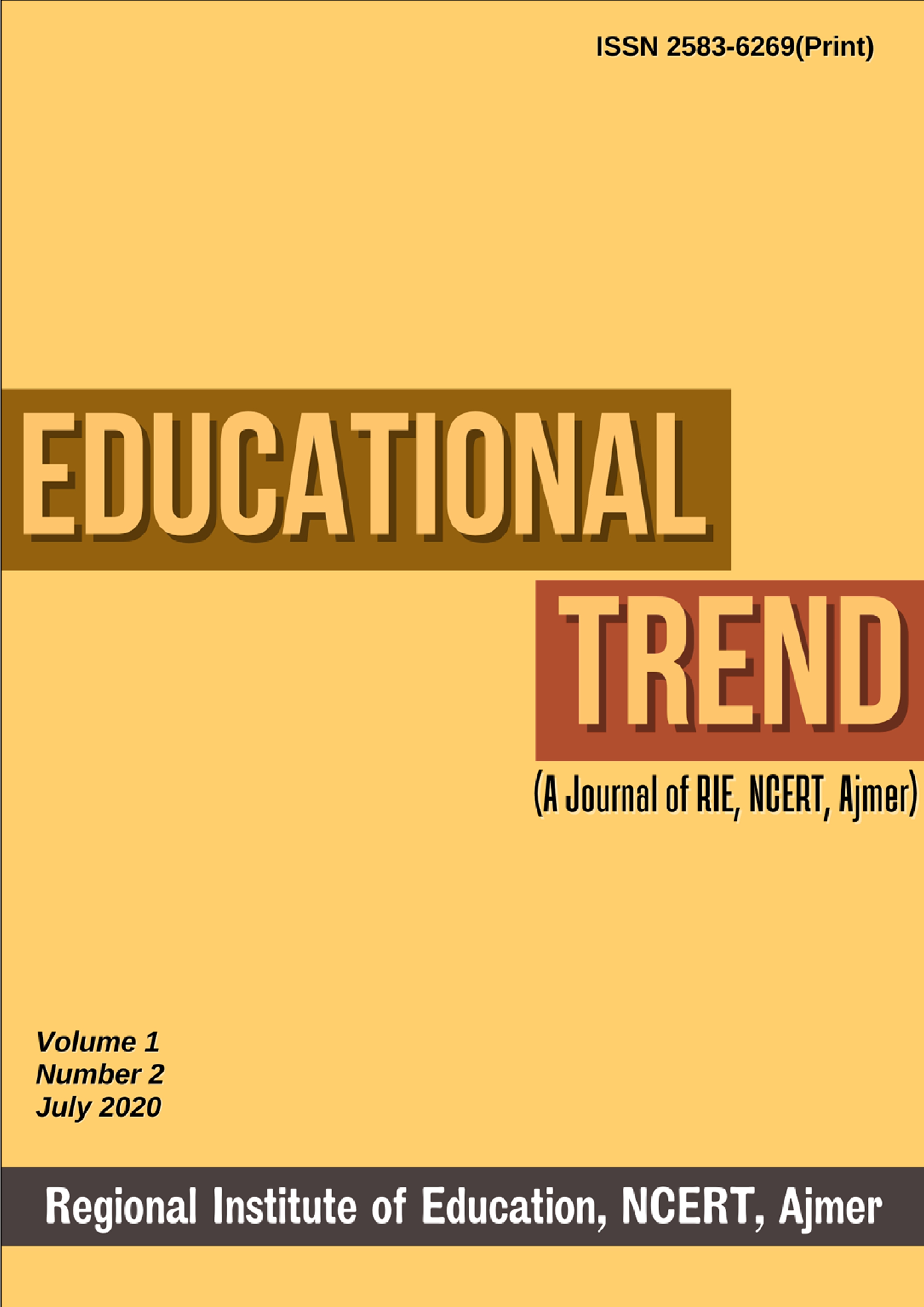Published 2025-03-12
Keywords
- Silica,
- Grounded,
- Carbonized,
- Effluent,
- homogenized
- gasification ...More
How to Cite
Abstract
Rice hulls, the largest milling byproduct of rice, constitute one fifth of the paddy by
weight. The hulls which can be obtained at relatively low cost are in abundant supply in most
developing countries, particularly in the Asian region. Rice husk, which is considered a waste,
has a high level of silicon. This paper investigates the use of grounded and carbonized rice husk
in water purification and electricity production by rice husk gasification. The rapid growth of
industries has not only enhanced the productivity but also resulted in the release of toxic
substances into the environment, creating health hazards and hampering the normal activity of
flora and fauna. Here, adsorption technique has been applied for the removal of heavy metals
such as Cu, Zn and Pb from water. Rice husk is a highly efficient adsorption material that shows
nearly 95- 100% removal of heavy metals from water. The purpose of this paper is to make
available an idea of electricity generation from rice husk & removal of heavy metal ions from
industrial wastewater. The rice husk based small and medium power plants are very much useful
to generate and supply electricity in the rural areas. Rice husk is preferred to any other
materials because of its abundant availability in India since rice production in India is very high
and its cost is quite lower than other materials.
